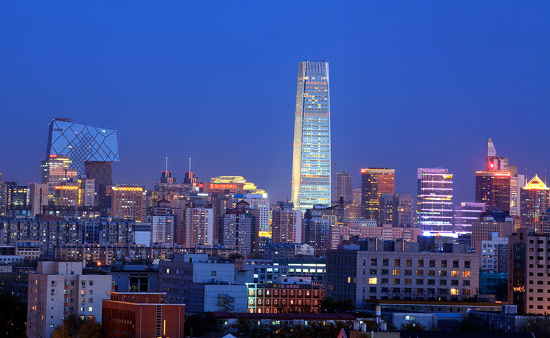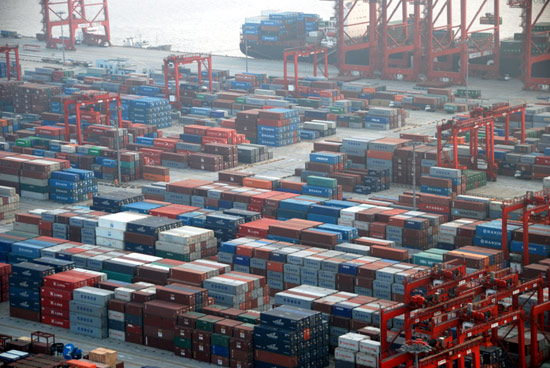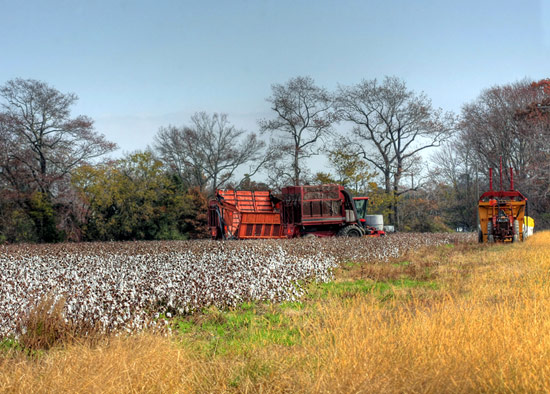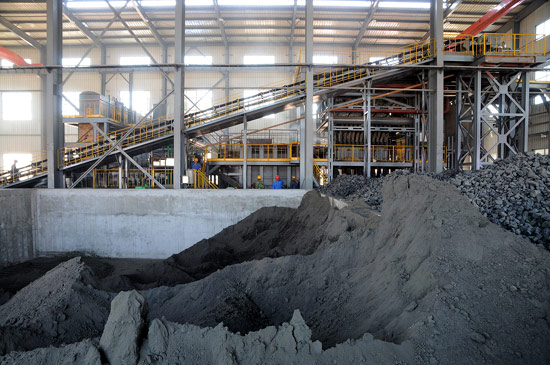Country Snapshot: Trade Overview
For centuries China outpaced the globe in arts and culture, and in 2010, after the nation’s gradual shifted away from a centrally planned economy toward a market-based one, the country became the world’s largest exporter. The nation now outstrips Japan as the second-largest economy in the world after the US, and the value of its industrial and agricultural output now exceeds that of its chief competitor. However, in the process, China has become highly dependent on exports, making the nation vulnerable to fluctuating demand. In March 2011 the government adopted its 12th Five-Year Plan, which focused on increased economic reforms to increase domestic consumption to decrease the country's dependence on exports, heavy industry, and fixed investments.
Trade History
China’s history of trade stretches back to 2000-1000 BCE, when Chinese merchants brought jade and silk to Egypt. Trade continued to flourish between China and its neighbors; the emperor of the Han Dynasty established the “Silk Road” to facilitate commerce. By 100 CE, maritime routes had been established, as had major ports. The Silk Road deteriorated by the 14th century, as European maritime trade increased and political control in the region decreased.
Direct maritime trade between Europe and China began in earnest in the 16th century. Fearing the negative influence of the West, Chinese authorities severely restricted trade, but that did not diminish Europeans’ desire for Chinese products. In the early 1700s, Britain began trading with opium instead of silver. Despite the emperor’s ban on opium, its popularity grew and led to two wars and social instability. The government fell in 1912 and eventually a communist government took its place. Led by Mao Zedong, the Communists adopted several failed economic plans. The year 1978 marked a turning point in China: the government decided to open the economy. The nation began to phase out collective agriculture, increase autonomy of state enterprises, liberalize pricing gradually, and decentralize banking. China encouraged enterprise and attracted foreign investment leading to more than a ten-fold increase in GDP since 1978.
Top Export Partners
China sells 17 percent of its imports to Hong Kong. The US buys 16 percent, Japan 7 percent, and South Korea 4 percent.
Major Export Products and Services
China exports electrical and other types of machinery, including data processing equipment, textiles and apparel, iron and steel, and optical and medical devices. Its service exports include insurance, information technology, consulting, and finance.
Top Import Partners
South Korea supplies 9 percent of China's imported goods. Japan, Taiwan, and the US each account for 8 percent, while Australia and Germany each supply 5 percent.
Major Import Products and Services
China imports electrical and other kinds of machinery, oil and fuels, optical and medical devices, metal ore, plastics, and organic chemicals. It also imports such services as transportation, royalties and licensing fees, travel, and insurance. Consulting services, advertising, and opinion polling comprise emerging sectors for service exporters.
Barriers to Trade (Tariff and Non-Tariff)
Many barriers to trade exist in China. Import and export licensing, import and export restrictions and bans, complex regulations and standards, and service market restrictions add to the cost of trade with China. Protection of intellectual property rights remains limited. Land is state-owned but may be leased, subject to numerous restrictions. Since joining the World Trade Organization (WTO) in 2001, the country has made important strides in lowering tariffs, although taxes on imports remain high. While the nation has removed barriers to foreign banks, capital requirements still exist and access to financial services continues to be challenging.
Major Ports
China’s major ports include Shanghai, Shenzhen, Tianjin, Guangzhou, Xiamen, Ningbo, and Dalian.
Article written for World Trade Press by Rachel Levy Sarfin.
Copyright © 1993—2025 World Trade Press. All rights reserved.

 China
China 



